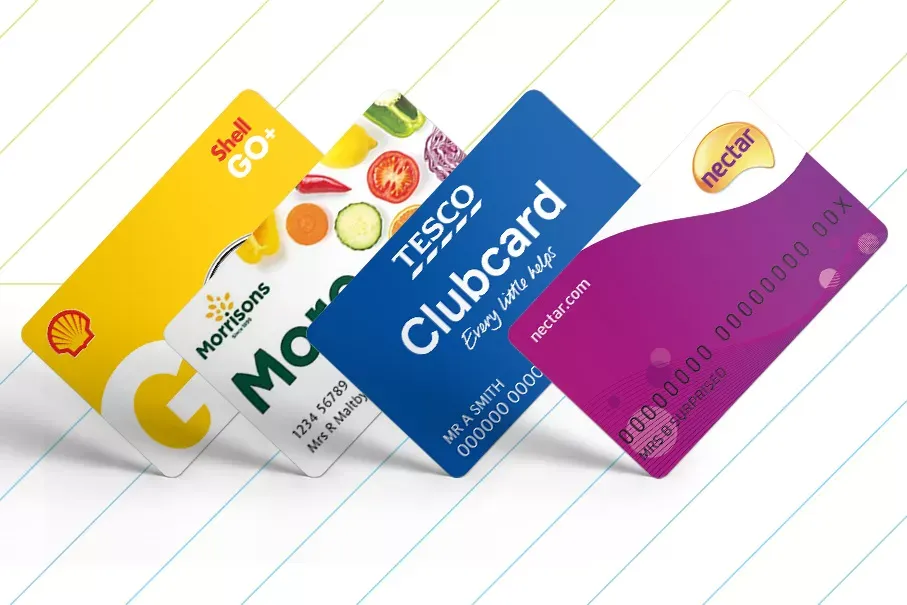
03/10/2016
TyreSafe, the UK charity dedicated to tyre safety, launches its annual Tyre Safety Month this October. To celebrate the event, and raise awareness of tyre safety in the fuelGenie community, we’re taking a look at the issues—and the tyre safety checks we should all be doing.
Tyre safety and your fleet
The fleet implications of not checking tyre safety are broad, and costly. In terms of driver safety, and the safety of other road users and pedestrians, failure to check tyre safety can be an oversight that leads to property damage, injury, and death. This is of particular concern as weather and road conditions make the switch from the dry months of summer to the wet and icy months of autumn and winter.
Maintenance and vehicle life are also affected adversely when you fail to check tyres regularly. Poorly-inflated tyres diminish fuel performance, cause unnecessary drag on steering assemblies, and may also damage suspension. The tyre, which is the only thing that keeps a vehicle on the road, can be at the root of dozens of mechanical issues, all of which add up to costly repair bills and longer periods of vehicle downtime.
Which came first: the bald patch, or the mechanical issue? Tyre condition may also be an indicator of a pre-existing mechanical problem: for example, a vehicle with tyres that consistently wear in the same spot may need tracking adjustment. Regular examination of tyres can catch mechanical issues before they become serious, as well as preventing them in the first place.
The law
Legally speaking, if your tyre tread drops below the required minimum of 1.6 mm, you could be fined £2,500 per tyre. On a heavy goods vehicle with lots of tyres, that’s a potentially massive fine just waiting to happen.
The safety check you should be doing
Longer service intervals might mean lower service costs, but they can also spell disaster for tyre health. Reclaim the tyre safety of your fleet by issuing depth gauges to your drivers for routine checking. As noted, the legal minimum tread is 1.6 mm, but the RAC recommends 3 mm as a minimum safe depth.
If you don’t have a depth gauge handy: use a 20p piece. If, when you insert it into the tread, you can see the outer band surrounding the face of the coin, your tyres need replacing.
Tyre pressure should also be checked, before every journey. Deviation from the recommended pressures for your vehicle and load have safety implications as well as fuel-economy implications.
10 million drivers, 400 million illegal tyres
Tyre Safe’s research suggests as many as 10 million UK drivers could be driving on illegal tyres in 2016. A survey conducted by the charity found that over 27% of new tyres were fitted to replace illegal ones.
Studies of braking distances have found that even tyres with legal tread depths of 1.6 mm have inadequate braking performance: taking as many as 12 metres more to stop in an emergency. And Department of Transport figures are unequivocal on the fact that tyre condition is the biggest identifiable contributing factor in road incidents that result in casualties.
Are your drivers among the 10 million? Let us know what tyre safety measures you’re putting in place at Twitter or LinkedIn.
fuelGenie is a UK-based provider of fuel card services.


